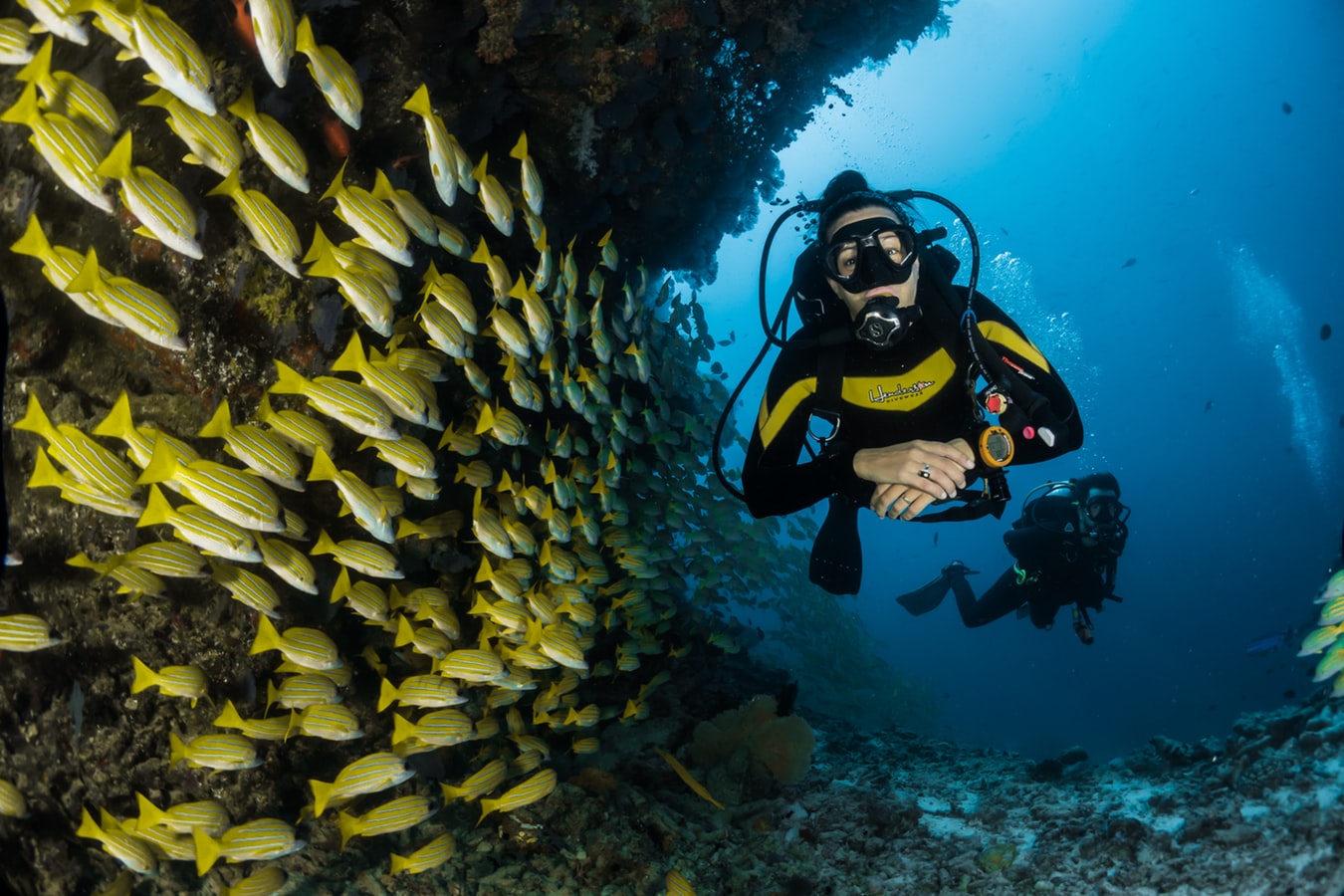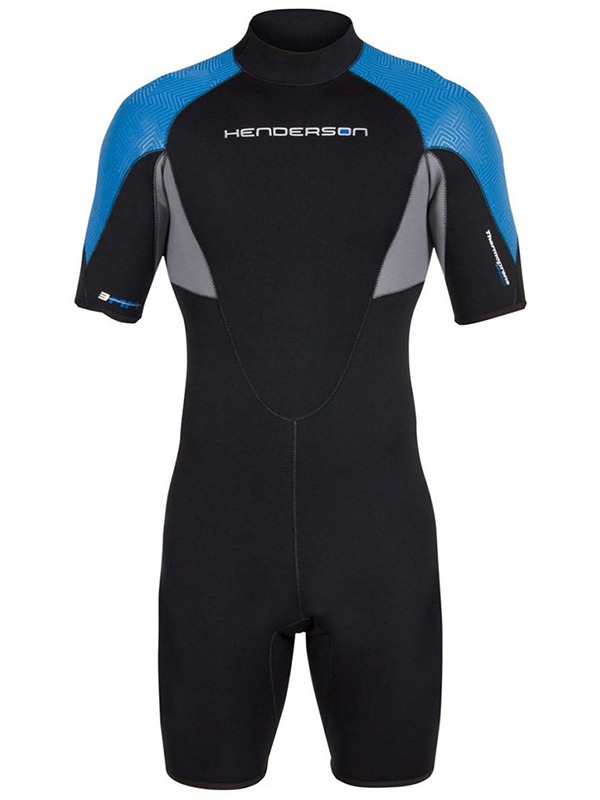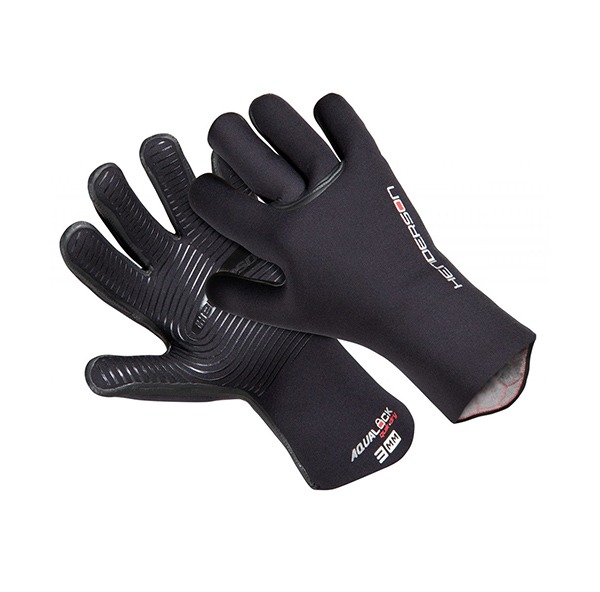What Does SCUBA Stand For?
Candace Reno July 18th, 2019 Posted In: Articles Tags: SCUBA
What Does SCUBA Stand For?

She’s all decked out in her wetsuit, fins, air tank, and mask!
So, what does SCUBA stand for? It may seem like an obvious question, but many people do not know what SCUBA stands for. S.C.U.B.A. is an acronym that stands for Self-Contained Underwater Breathing Apparatus, although it is usually spelled uppercase without the periods.
Imagine yourself at the beach, looking into the deep, blue ocean when suddenly a dolphin jumps out of the water! Then, a sea turtle pops its head up. Sea lions are spotted playfully swimming in and out of the piers. These experiences on land are truly memorable, but being able to go underwater and SCUBA dive with these incredible creatures is priceless!
As humans, we are not meant to be underwater, but luckily, a few people invented what today is known as SCUBA. The self-contained underwater breathing apparatus, what SCUBA stands for, allows us to defy science and breathe underwater!
In 1943, Jacques Cousteau and Emile Gagnan invented the first unit to breathe underwater, referred to as the aqualung. Militaries from all over the world quickly realized the advantage of being able to breathe underwater. In 1954, the term SCUBA was coined by Dr. Christian Lambertsen. Dr. Lambertsen developed rebreathers for the US Navy that allowed them to scuba dive for operations. Today, recreational divers use rebreathers and the more common open circuit scuba.
How Do I Become SCUBA Certified?
So now that you know what SCUBA stands for, how do you start? It is unwise to just jump in the water in SCUBA gear without proper training. SCUBA certification is offered by many groups, including PADI, NAUI, SSI, and others. SCUBA certification involves classroom, pool, and open water training, and can be done in as little as 2-3 days but is usually completed over a week or two.
What Does SCUBA Gear Consist Of?
In order to better understand what SCUBA stands for, we need to talk about what equipment you need to go SCUBA diving.
Cylinder and regulators
The thing that lets you defy the odds and breathe underwater is a regulator connected to a tank that supplies gas, air or a blend of gases, to the diver. The most typical cylinders are made of steel and aluminum with different volumes available. The air from the tank is delivered to the diver via the primary regulator. There is an additional regulator for emergency situations.
Buoyancy Compensator Device
The buoyancy compensator device (BCD) allows the tank to be attached to the diver. BCDs can be jacket or harness style. The harnesses that were developed early on are no match to what has been developed today, although some divers still prefer the simple design. The main purpose of the BCD is to allow for the gas cylinder to be attached to the diver, but also to allow the diver to maintain neutral buoyancy.
Masks
Since humans are not meant to be underwater, our eyes need to be able to have an air pocket to see. Thus, masks are used to create that air space. Masks enclose the nose in order to equalize the air space and prevent mask squeeze. Masks come in different shapes and sizes. Choosing one that is comfortable and fits is very important to have a good dive.
Fins
Have you ever seen how gracefully dolphins and whales glide through the ocean? Their tails are what allow for this. As divers, we use fins that propel us through the water using a system designed to kick just as a whale tail moves. Fins come in a variety of shapes and sizes allowing for use in different environments.
Thermal Protection
Wetsuits
When submerged in water, body heat is lost to the surrounding environment. Some animals in the ocean have blubber that helps to insulate them and keep them warm. Since humans do not have blubber, although some people may argue their fat keeps them warm, we do need something to help maintain our body heat. This is where wetsuits come in handy. The wetsuit is made of neoprene that has bubbles in it. Wetsuits work by trapping water between your body and the wetsuit, and your body heats the trapped water, keeping you warm. Read more about how wetsuits work here.
Wetsuits come in different thicknesses, which allows divers to use wetsuits in warm and cold environments. The thickness you buy will depend on the water temperature. Wetsuits are specifically designed for men and women separately.
Wetsuits come in all sorts of designs. You can get special patterns and colors to match your gear. The 3mm shorty wetsuits are meant for warm water diving like that found down in the Caribbean (~80 °F). For those that like to have full protection, a full wet suit of smaller thickness will suffice for warmer water. For the colder dives, some people like to add a vest or a hooded vest to their full 5 mm or 7 mm wetsuit (40-70 °F). It all depends on the diver. I get cold very easily, and often you will find me diving in a full 3 mm wetsuit in the Caribbean in 80-degree water!
Booties, Gloves, and Hoods
In addition to wetsuits, booties are essential to keeping your feet nice and toasty in colder water, but also allow for walking on rocky or hard environments. Some fins require the use of booties. There are a variety of styles and thicknesses as well to fit your needs.
Gloves keep the hands warm in colder environments. Thinner gloves aid in protection against abrasions. However, some places do not let you wear gloves in order to prevent touching and help protect the coral reefs.
A hood is essential in cold environments so as not to lose heat through the head. There are also some hoods that offer no thermal protection, but do act to protect the head against sunburn during surface swims.
One can understand what SCUBA is by answering the question “what does SCUBA stand for?”. It really is that simple. With the equipment, SCUBA diving allows us to breath underwater!




